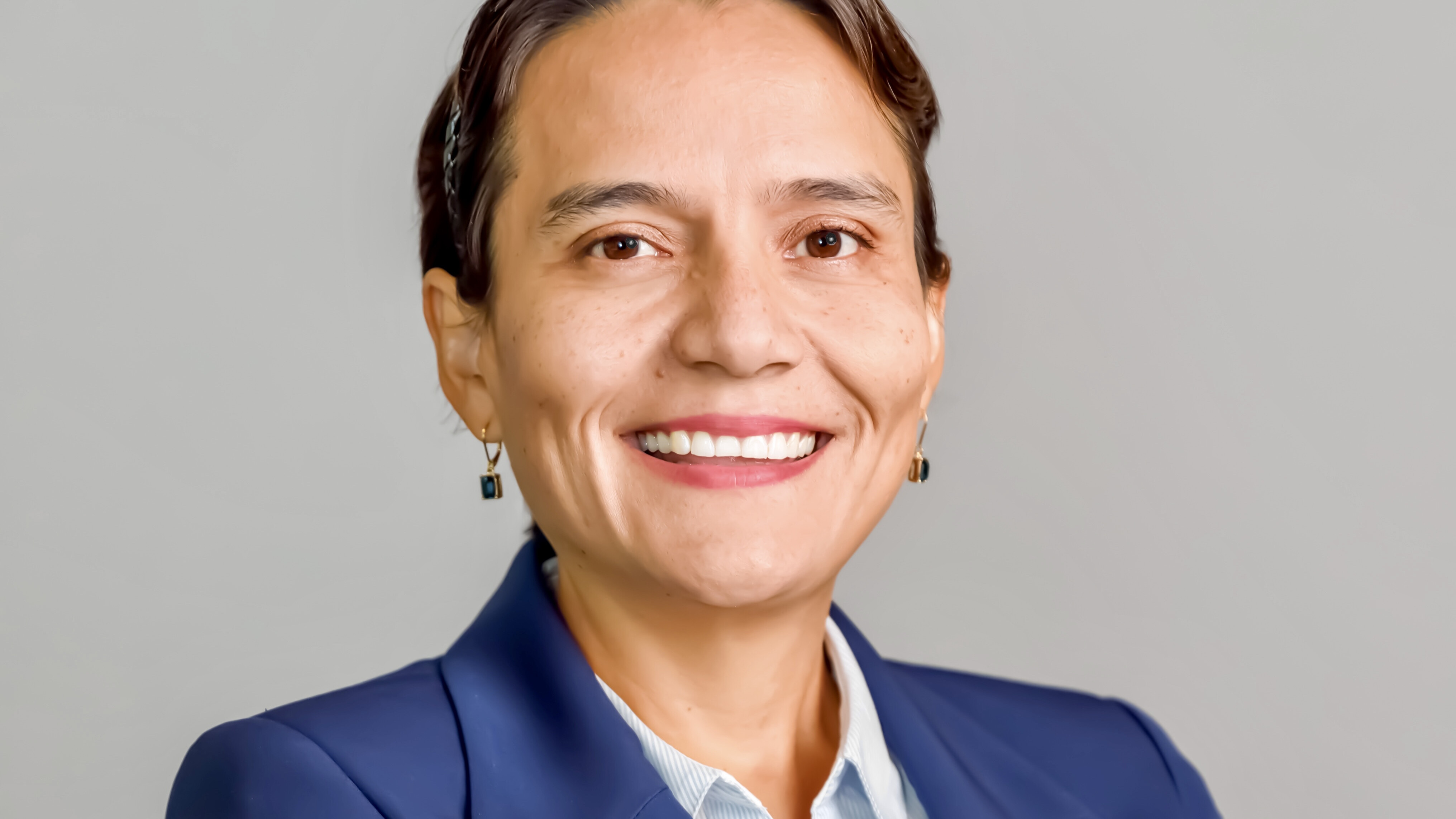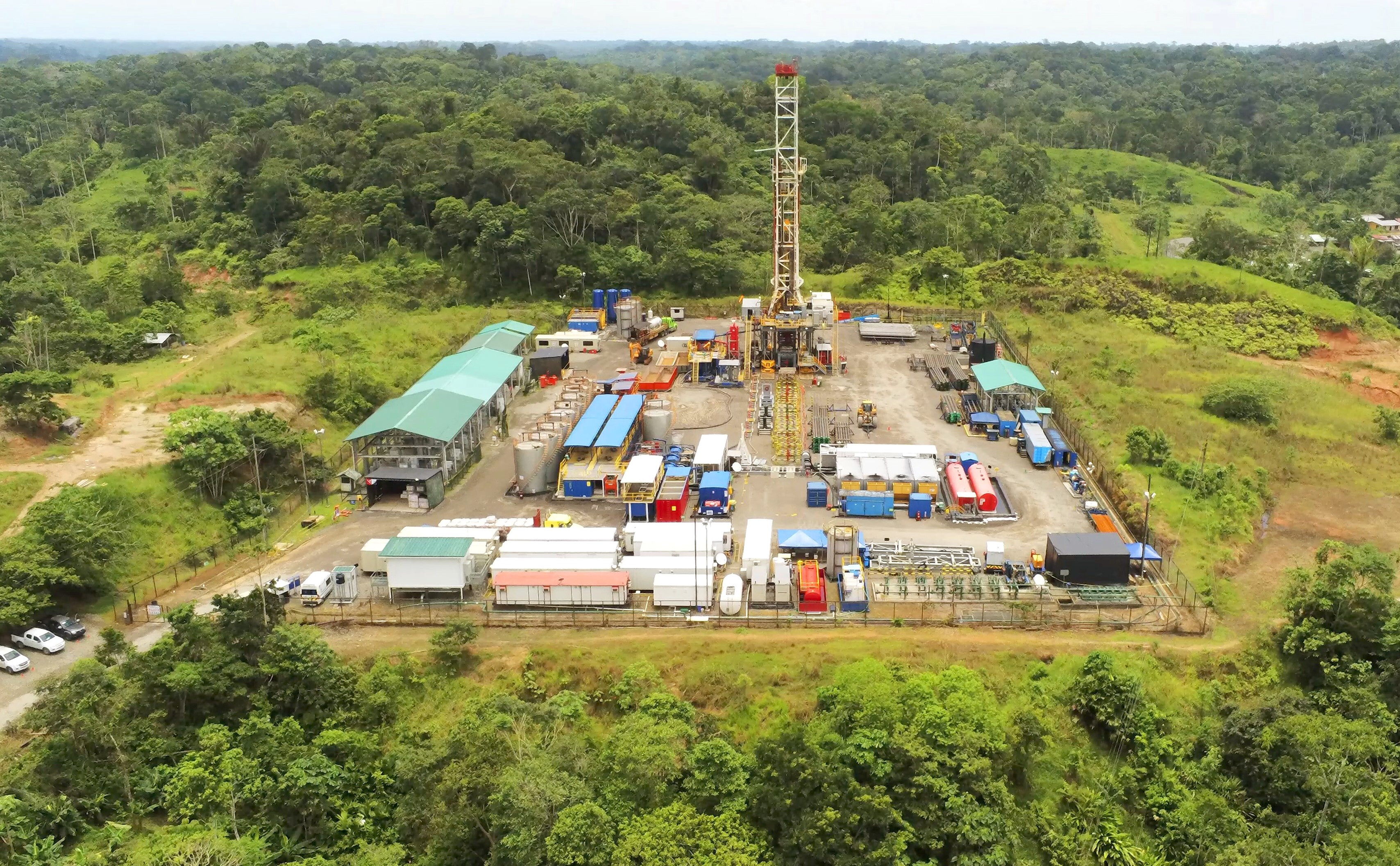Interview with Ruth Margarita Zambrano, Country Manager of SLB in Ecuador, Colombia, and Peru
Ruth Margarita Zambrano, Head of SLB in Ecuador, Colombia, and Peru explains how Latin America can be a leader in responsible oil and gas...

Please give us a breakdown of SLB’s business in your three countries.
Ruth Margarita Zambrano: SLB is committed to addressing the most difficult challenges in the energy industry by pushing the limits of innovation while remaining the performance partner of choice for our customers. This commitment is underscored by a bold vision: to drive energy innovation for a balanced planet. With this in mind, we are focused on three main areas: Core Oil and Gas, Digital and New Energy.
Core Oil and Gas includes Reservoir Performance, WeIl Construction and Production Systems and remains the Company’s largest engine of growth. Building on decades of technology advancement, we are providing innovating technologies to make oil and gas assets more efficient, with lower carbon and less impact on the environment.
Digital capabilities continue to grow throughout the energy industry as a key enabler to manage the complex systems required to meet current energy demands and to harness the promise of a lower carbon future. SLB is uniquely positioned to support customers on their digital journeys by managing data migration, workflow redesign and transition to the cloud.
New Energy offers a significant opportunity to use our experience and scale to drive innovation for a low-carbon economy spanning many industries. We are building a broad, diverse portfolio across five main areas: Geothermal, Hydrogen, Critical Mineral, CCUS and Energy Storage.
Oil and gas often come under attack in Ecuador; how does SLB try to educate people about the industry?
RMZ: I believe in education, which I don’t think the oil and gas industry does very well. For many years SLB has focused on teaching children and young people about the benefits of responsible oil and gas production, and how important is to continue developing technologies. We want to make sure that the people in the countries where we work understand the technology that we apply to protect the environment, how we operate, and in which way we support our countries and their people. But we’ve realised we also need to educate adults, which is why I recently took a group of 24 executives from Ecuador’s largest companies to visit our operations in the Ecuadorian amazon city of Coca.

It was amazing because they were well educated people that have grown up in an economy that depends on oil and gas for its exports. Yet they didn’t know such many things about the industry. With our three-day visit we showed them what we are doing for the communities and the care we take to protect the environment. They were expecting the old-fashioned type of industry, the stereotype one you still see in the movies, but they saw how hi-tech our operations are, and overall, they experienced the passion, dedication, hard work and high standards of the many people in Ecuador that work in the O&G industry.
Ecuador recently became the first country to close producing wells because of environmental concerns; could this trend hit SLB’s concessions in Ecuador or elsewhere in the future?
RMZ: These resources belong to the country and its people have every democratic right to decide what to do with them. It is possible that we could see more referendums like this in other parts of the world in the future. In the context of growing energy demand with climate change in mind, Oil and Gas will continue to play a role allowing for socio-economic development and energy transition funding. Therefore, it is essential for the oil producing operators to work in collaboration with the right technology partners that will allow for decarbonized and responsible oil and gas production. The money raised by responsible oil and gas production can be used to invest in new technologies needed for the energy transition.
At the moment, Ecuador is still working on the energy transition policy. Once the roadmap is built, with clear goals at different points like 2030 and 2050, then oil companies and investors can participate and make it happen. In Ecuador there is no one company that can make this happen on their own. It needs collaboration from all the stakeholders.
To really effect the energy transition, we will need to invest trillions of dollars and the investor returns will take decades. That means investors need legal stability to commit large sums of capital for prolonged periods of time. At the moment in Ecuador, we see lots of pilot schemes, with wind turbines here and solar panels there. This is a very good thing as these programmes are great for proving the concept but to have an impact and be sustainable on time, then we need to scale up projects and that requires the new regulations and policies.
It seems like Gustavo Petro is really attacking the oil and gas industry in Colombia; is it a difficult place to do business?
RMZ: If you look at what he’s been saying it is more that energy companies have to show that they are fulfilling their existing commitments and concessions before he will award new ones.
These resources belong to the country and its people have every democratic right to decide what to do with them.
One advantage you have in Colombia, is that there is a clear roadmap for the energy transition. It was set out by the previous government and been retained by the new administration, despite its political differences. The idea is that the roadmap doesn’t belong to the government but to the country. Another advantage with Colombia is that you have legal stability.
SLB operates oil and gas wells in environmentally sensitive areas, like the Amazon; explain how the company uses technology to minimise its impact on flora and fauna?
RMZ: Our technology allows us to improve our processes enhancing our performance and consequently, minimizing the environmental footprint. I would like to give an example. In Ecuador, with previous technology, the components used to lift oil had a length of approximately 144 ft. Now with the new technology we are using, that length has been reduced to less than half. You would ask how is this helping? Half of the length means less transportation, less material used to build the equipment, less energy consumption and with that less environmental footprint and an improved technical performance.
Another example is how oil wells are monitored in Ecuador. In the old days we’d had to send operators daily around the Amazon region in pick-up trucks to check on each well. Nowadays we use sensors that allow us to monitor the wells remotely. Moreover, whereas we used to wait for equipment installed at the wells pump to break before it would be fixed, now we use AI to predict when it needs to be maintained. This technology is not a recent implementation, we have been using it in the field where we provide services in the country for several years. This means fewer HSE risks due to reduced transportation in the Amazon region, a smaller environmental footprint, and improved performance. The downtime of oil wells is reduced significantly through proper and effective preventative maintenance plans implemented well ahead before any required changes.
When it comes to decarbonising oil and gas production, we have developed a tool that allows us to understand the amount of C02 output for each barrel produced. We are using it internally already and soon we will launch it as a product for our customers. Ecuador’s oil and gas production is, actually, relatively clean because it is generally powered by renewable energy as the country’s power grid is mostly hydro and with the utilization of new technologies we are contributing to achieving a lower CO2 per barrel.
The energy transition will be impossible to achieve without the involvement of the incumbent energy companies; tell us how SLB is moving into non-traditional energy away from oil and gas?
RMZ: SLB has been around for 100 years. Our purpose is to create and unlock energy through innovation of technology for the benefit of all. The energy required for our countries to progress. Latin America has a vast amount of energy resources, but we just need to utilise them correctly. As I said earlier, we will need oil and gas because even in the most ambitious energy transition scenarios, hydrocarbons will remain at least 40% of primary energy demand for the next 40 years. The key is ensuring that oil and gas operations is decarbonised as quickly as possible. Oil and gas operators need to invest enough in technology to make sure that decarbonisation happens.
The problem is not so much the oil or gas per se but the amount of carbon that comes with production. That means the world will prioritise low-carbon oil and gas. Reducing methane is the fastest way to lower and eliminate oil and gas emissions and we are addressing this. We recently launched a compact methane instrument that enables low-cost, mass deployment of accurate and continuous methane monitoring. One cannot correct fugitive emissions if we don’t know where they are happening. This is why this technology is key, so that proper actions can be taken.
Geothermal is another energy system that has a great potential in Ecuador. There are so many volcanos in our country that I’m sure there is lots of geothermal energy that we could tap into. But for that to happen we need an inventory of geothermal fields, with the proper subsurface studies to support projects. This will allow Ecuador to start with the best ones where we will be successful. Geothermal is not cheap but it’s a base load power source that allows you to replace the diesel plants on the grid. SLB has been a global leader in geothermal energy for many years through its company GeothermEx, which has been involved in 80% of the geothermal projects in the world. While not widely known in Ecuador, our geothermal technology is recognized in many other countries. We are ready to collaborate with the country, the region, and with organizations to support with our technology to access cleaner energy resources.